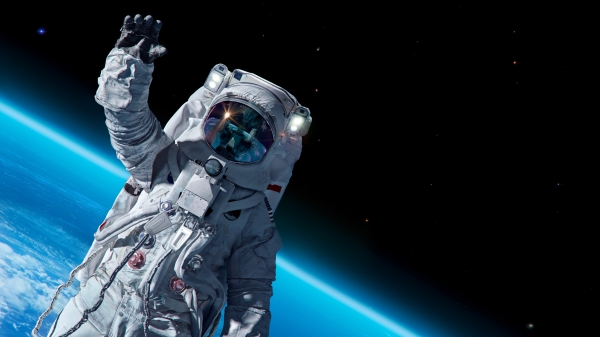A team of biomedical engineering students at Arizona State University last month won a gold medal in an international synthetic biology competition.
Their accomplishment? Engineering microalgae to bind arsenic in water, reduce it and sequester the toxic contamination.
“We won a gold medal for excellence in the design, development and execution of our project!” said team co-captain Emma Lieberman.
While more than 99% of Arizonans who obtain drinking water from public water systems are served water which meet the Safe Drinking Water Act arsenic standards, arsenic is a major concern and cost for small public water systems and the 5% of Arizonans who get their water from private wells.
Prolonged exposure to arsenic can cause nausea, vomiting, negative effects on cognitive development, cancer and death.
The ASU team developed a strain of mutant algae that significantly captures arsenic in tandem with a filter system.
The team of seven was led by Lieberman and Maggie Cook, both seniors majoring in biomedical engineering.
They entered the International Genetically Engineered Machine (iGem) competition, vying with 351 other teams.
Cook started a club called DIY Bio in summer 2020.
“We did this sort of shark tank competition, where we had like three teams of probably six students generate some crazy idea they wanted to address and then present on it in a more technical manner, get some background research done,” Cook said. “And then we had a competition with some faculty, and judges picked a project.”
Cook and Lieberman, along with team members Joel Joseph, Jared Lee-Kin, Priyati Sharma, Tohma Taniguchi and Sonakshi Sharma, worked from December through March, fundraising, getting organized, getting biosafety approvals and other preliminary work.
Work in the lab began in June and continued right up to the October deadline. Judging took place in November.
Their reaction when they found out they won gold? “Shocked,” both Cook and Lieberman said.
“We initially had our sights on silver and then I sort of decided let's go for gold,” Lieberman said.
Their award-winning work cannot be introduced to the public because of strict rules about releasing genetically modified organisms into the environment. (Any approval would have to go through the governor and state Legislature.)
Funding for the competition was provided by university President Michael Crow.
“This is a project that should continue,” Lieberman said. “Next year, we hope to have an ASU team again. Maggie and I will no longer be leading it, however,” adding that the new team is just starting recruitment and has not picked a topic yet.
Students interested in joining the team can apply here.
Top image courtesy of Pixabay
More Science and technology

Brilliant move: Mathematician’s latest gambit is new chess AI
Benjamin Franklin wrote a book about chess. Napoleon spent his post-Waterloo years in exile playing the game on St. Helena. John Wayne carried a set and played during downtime while filming “El…

ASU team studying radiation-resistant stem cells that could protect astronauts in space
It’s 2038.A group of NASA astronauts headed for Mars on a six-month scientific mission carry with them personalized stem cell banks. The stem cells can be injected to help ward off the effects of…
Largest genetic chimpanzee study unveils how they’ve adapted to multiple habitats and disease
Chimpanzees are humans' closest living relatives, sharing about 98% of our DNA. Because of this, scientists can learn more about human evolution by studying how chimpanzees adapt to different…
